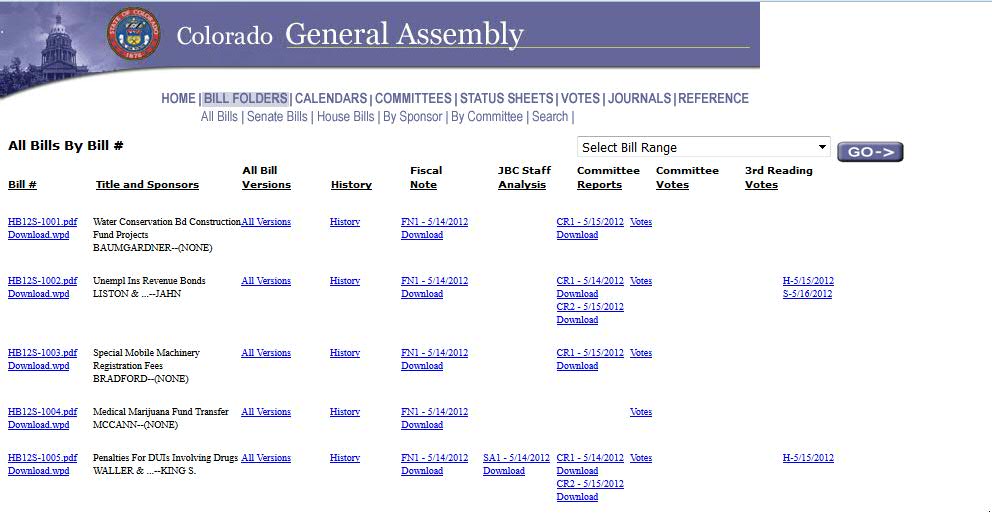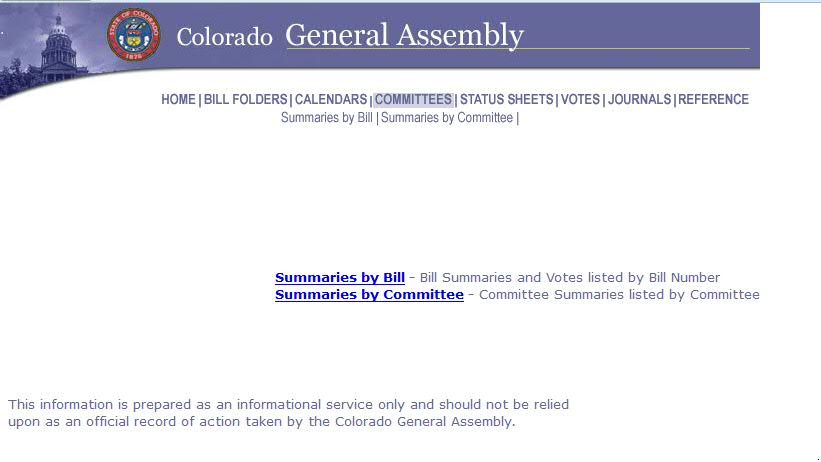By Gwynne Middleton
If you’ve wandered the halls of the state Capitol basement recently, you’ve likely noticed visual art exhibits in the rotunda. Curious about these rotating art displays, I gumshoed my way to a conversation with Ruth Bruno, the liaison for Creative Colorado Industries, Inc.’s Creative Capitol program, to learn more about its role in showcasing Colorado artists at the Capitol.
The brainchild of Colorado Creative Industries, Inc. (CCI), a division of the Colorado Office of Economic Development & International Trade, the Creative Capitol program started in 2008 to combat the dearth of new public art hung at the Capitol. Since Capitol public art projects are usually tied to the state’s Capitol Construction funds and 2008 was far from a banner year for the state’s budget, public art was not a top priority when it came to new Capitol Construction requests. With no new public art projects to manage, CCI started Creative Capitol to provide consistent access to art for Capitol visitors and staff. Funds for this program come from the CCI budget, avoiding a financial burden for the state during both fat and lean years.

When asked how the Capitol and the general public benefit from the Creative Capitol program, Bruno explained that anyone who visits the Capitol to partake in the historic architecture and permanent art installations gets the added benefit of enjoying current works created by Colorado artists. For Bruno, providing this pro bono loaned artwork in our Capitol shows that the state not only champions art and arts programming but arts and arts programming by and for Coloradans: “[S]howcasing and supporting Colorado artists is one of the key goals of [CCI]. Artists benefit from the exposure and by having a place to show their art, and CCI benefits because we can highlight the work we do to the general public and also to Capitol staff and legislators.” This promotion of talented Front Range, as well as rural and mountain, artists reflects the artistic diversity in the Centennial State and offers legislators and other public officials an insiders’ perspective on the state they know and love.
The Capitol staff’s response to these art exhibits has been overwhelmingly positive, with numerous requests for more art to improve the quality of their offices. Since 2014, Creative Capitol has been able to meet popular demand, expanding their venture beyond the Capitol basement rotunda, with works now hung in the Lieutenant Governor’s office and the Legislative Council offices, as well as in the nearby Legislative Services Building in the Joint Budget Committee Room on the third floor and in the Committee Hearing Rooms A and B on the first floor.
If you’re in the Capitol in the next three months, be sure to stroll through the basement rotunda to view, “The Clear Creek Watershed through the Photographer’s Eye”, the newest local artist exhibit on display. A testament to the rare natural beauty of our home state, the high-quality images in this exhibit were chosen from entries in the Clear Creek Land Conservancy Annual Photography Contest, a competition calling for photographs taken in Colorado’s Clear Creek drainage basin that highlight the awe-inspiring natural areas running from the mouth of Clear Creek Canyon in Golden to the start of Clear Creek at the Continental Divide.
For more information on Creative Capitol’s prior exhibits, click here.








![By JJ Harrison (jjharrison89@facebook.com) (Own work.) [Public domain], via Wikimedia Commons](https://legisource.net/wp-content/uploads/2015/08/Magna_Carta_1297_version_Parliament_House_Canberra_Australia-942x1024.jpg)